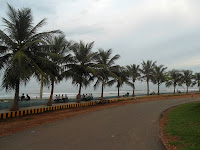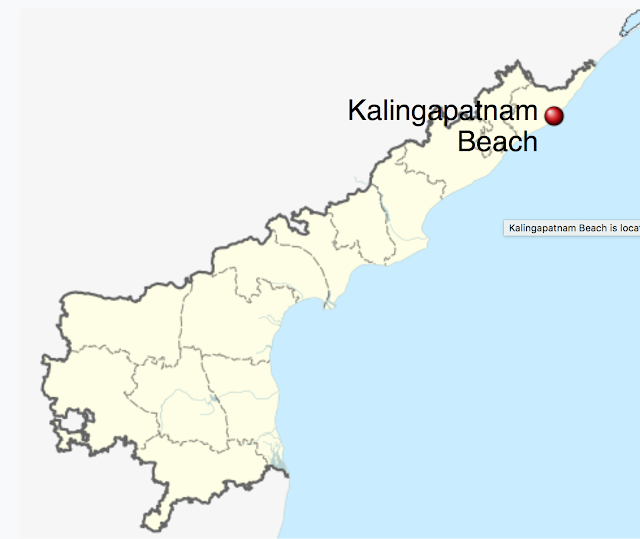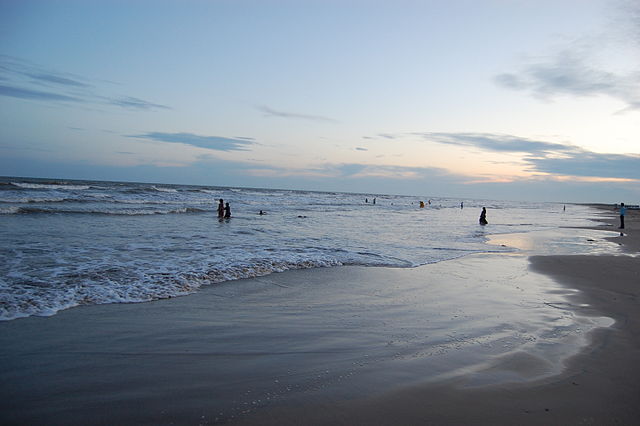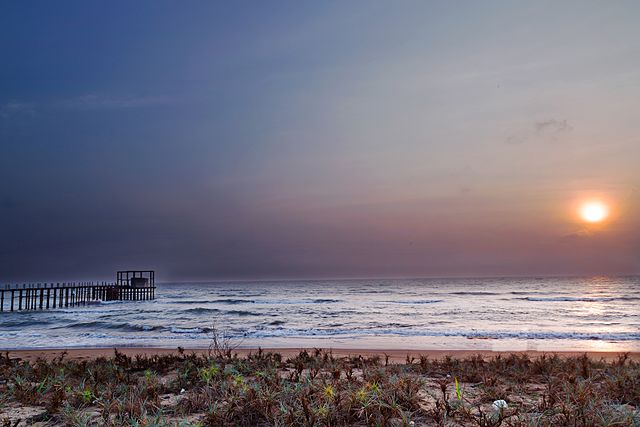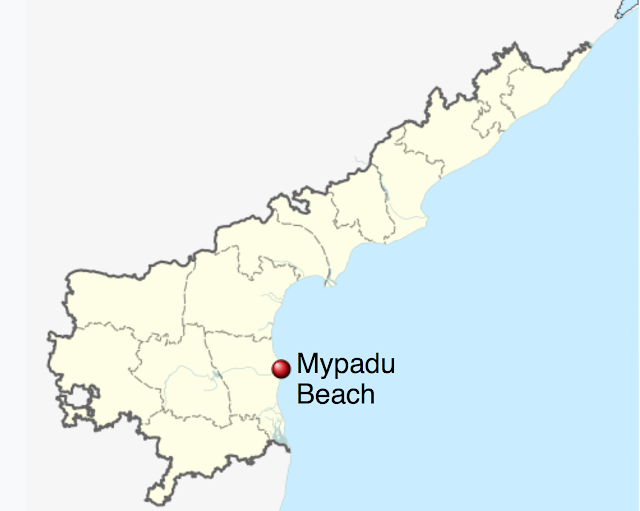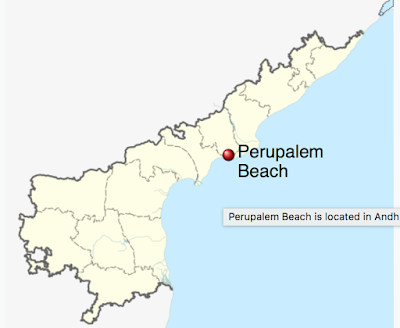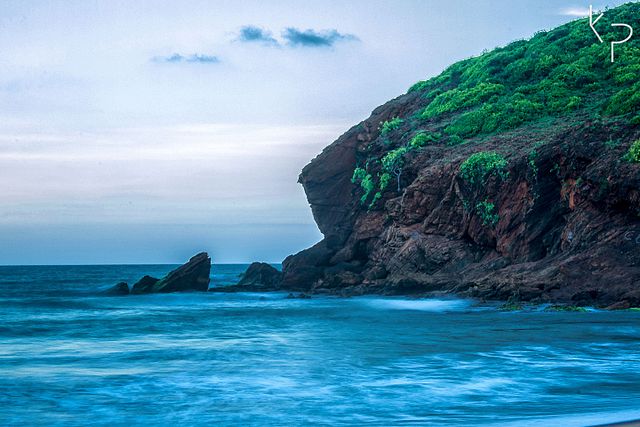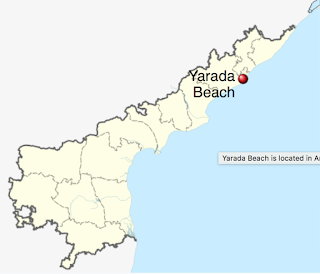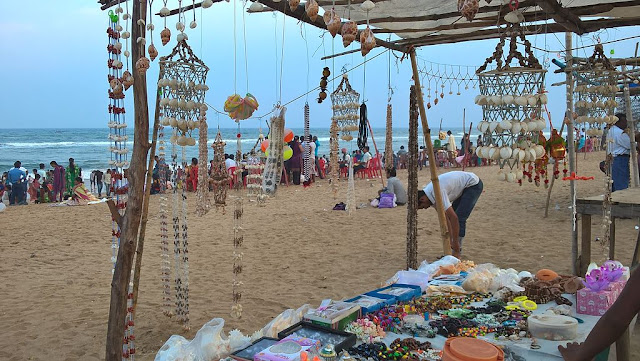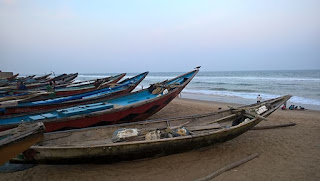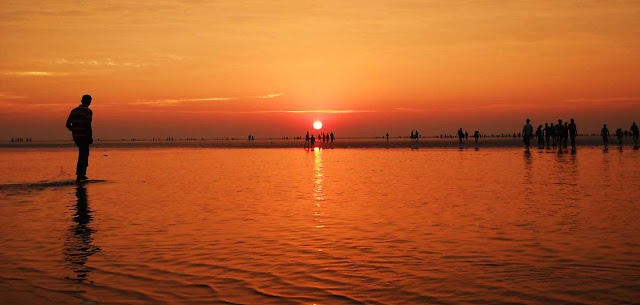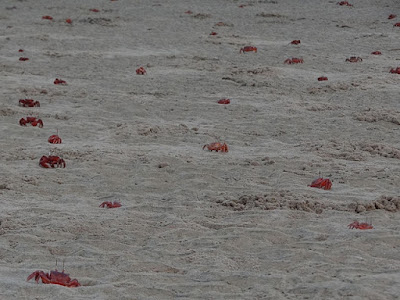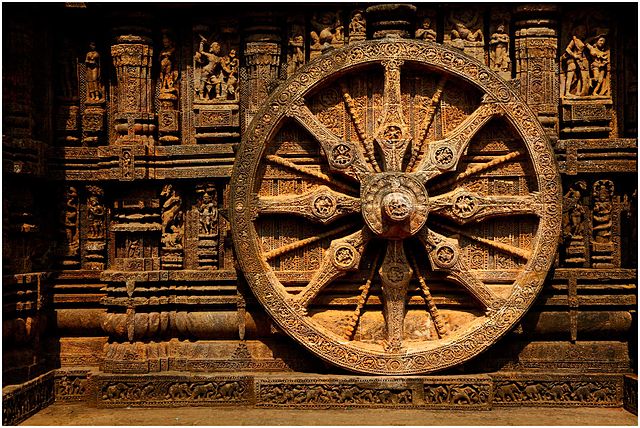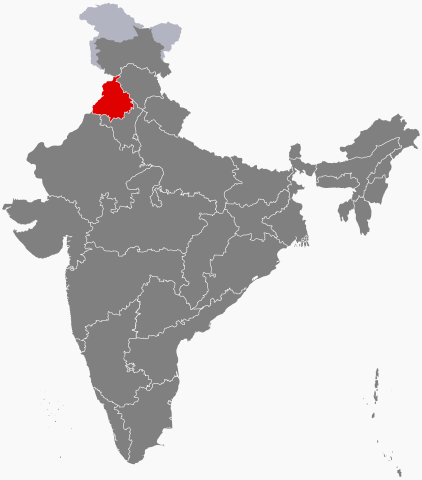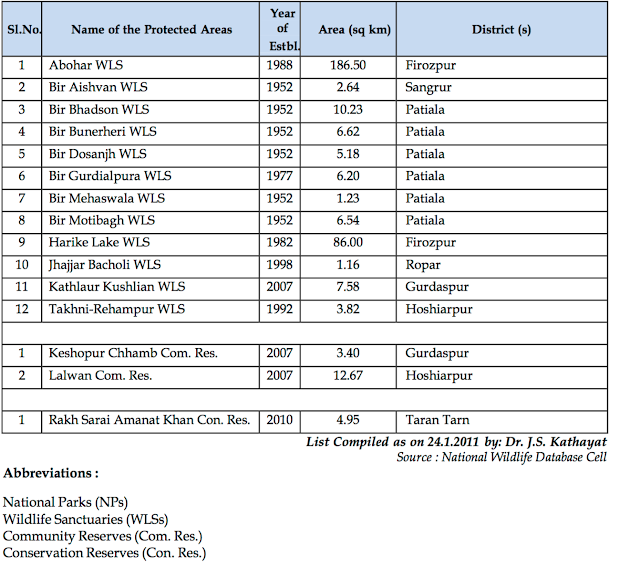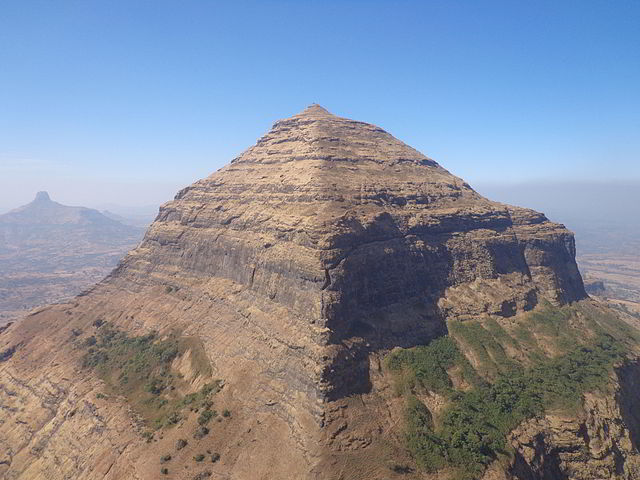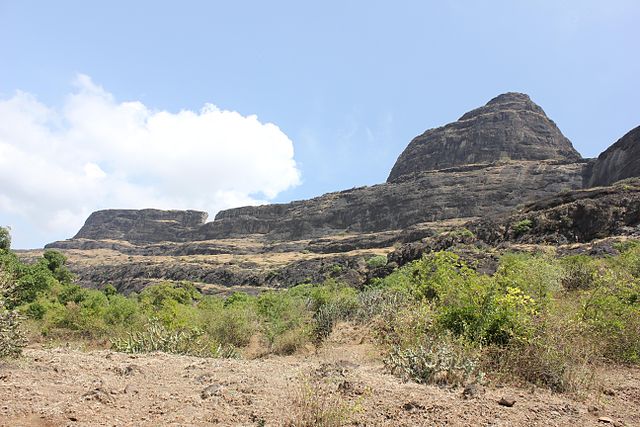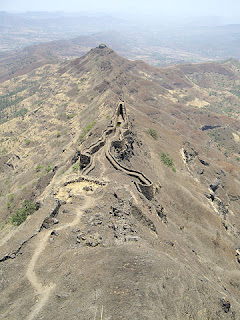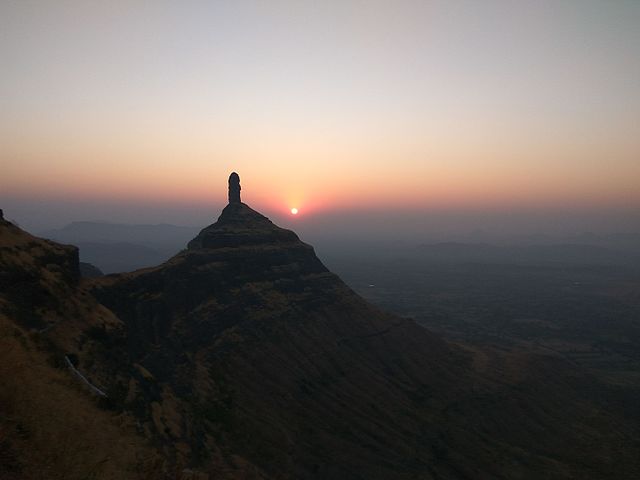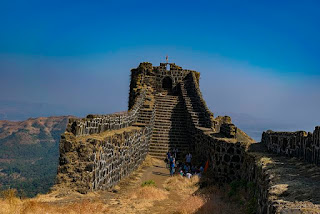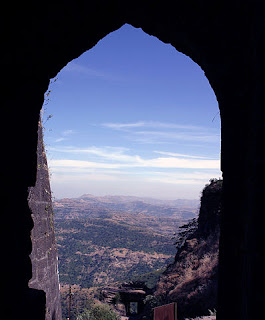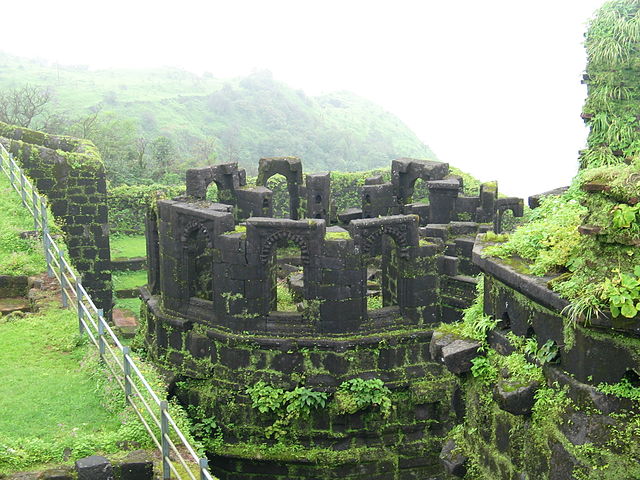Andhra Pradesh is a southern Indian state with a coastline stretching for 970 square km and incorporates many beaches. The coastline of Andhra Pradesh extends from Srikakulam district of the state to the Nellore district along the Bay of Bengal. Beaches are present in almost all districts of the state with the highest number in the Visakhapatnam district.
The following are the notable beaches in Andhra Pradesh, India.
Bheemili Beach
Bheemili Beach is located at the mouth of the Gosthani River and is 24 km from Visakhapatnam. The remnants of the British and Dutch settlement here remind one of India during the colonial rule. Tourism facilities are currently being developed by the government of the state to increase the tourism value of the beach.
Kalingapatnam Beach
Kalingapatnam Beach is located on Kalingapatnam’s coast at the place where the Vamsadhara River drains into the Bay of Bengal. The former ancient harbor currently features a lighthouse and a Buddhist stupa. The beach reminds one of the thriving perfume and textile trade of ancient India prior to the British rule. The road to the beah ends on the sea shore bed and hence the Kalingapatnam Beach is popularly referred to as the Open Road Sea.
Manginapudi Beach
Manginapudi Beach is located 11 km away from Machilipatnam and is maintained by the state’s tourism board.
Mypadu Beach
Located on the Bay of Bengal, the Mypadu Beach of Andhra Pradesh is only 25 km away from Nellore. The beach offers tourists with cruise options and fishermen can be seen fishing in the coastal waters along the beach.
Development of water sports activities and establishment of beach resorts is taking place at a fast pace here.
Perupalem Beach
Perupalem Beach is located in the West Godavari district of the state and is being currently developed for tourism.
Ramakrishna Mission Beach
The Rama Krishna Mission Beach is a well-touristed spot in Andhra Pradesh. The beach park derives its name from the Ramakrishna Mission ashrama located across the Beach Road from the park. The ashrama is a Hindu pilgrimage site equipped with guest-houses, and prayer halls. The Rama Krishna Mission Beach is also famous for housing the INS Kursura Submarine Museum where tourists.
Visitors to the beach enjoy sunbathing, swimming, volleyball games, and other beach activities. Other attractions here include roadside restaurants serving mouthwatering delicacies, a Kali temple, an aquarium, and more.
Rushikonda Beach
The beach is located on the coast of the Bay of Bengal in the Andhra Pradesh state of India.
Suryalanka Beach
The Suryalanka Beach is located at a distance of 8 km from Bapatla in Guntur District of the Indian state of Andhra Pradesh.
Uppada Beach
Uppada Beach is only about 5 km from Kakinada in Andhra Pradesh’s East Godavari district. The beach here is wide and shallow. It is a popular fishing spot and prawn catches are famous here.
Vodarevu Beach
Vodarevu Beach is about 6 km from Chirala in the Prakasam district of Andhra Pradesh. The shores of the beach are lined with coconut trees.
Yarada Beach
The Yarada Beach is located on the Bay of Bengal’s west coast in a village that is 15 km from Visakhapatnam.
Some other beaches in Andhra Pradesh include the Antarvedi Beach, Koduru beach, Rama Puram Beach, Sagarnagar beach, Tenneti Park Beach, and others.


